Business Intelligence for Intelligent Business
It used to be that business intelligence was simple. You got some numbers, crunched them through a series of well-worn formulas and voila new numbers. These new factors were then plugged into tried-and-true business models, which would then be monitored for yet another business period to see how well they predicted the health of the business. Numbers were king, and it was comforting to know that the numbers didn't lie and that they were seemingly very predictable. Wouldn't it be nice if business life were that simple once again? If we didn't have to take international competition into account? If we didn't have to worry about a new, totally unknown competitor surfacing from the new e-conomy to wage war against our long-established companies? If we didn't have to live in fear of the seemingly low barriers of entry that the technology age has produced?
In today's reality, we do have to worry about all of these things. Organizations have invested trillions of dollars into IT to come up with better infrastructure and applications to produce better numbers to plug into increasingly more sophisticated business models. However, they've discovered that simply investing more money and more technology into the task hasn't produced better descriptors of our key performance indicators (KPIs). And a new problem has surfaced: If you rely predominantly on quantitative metrics to describe your business, so too do your competitors. If your competitive advantage is based on a resource that is fairly easy to produce or duplicate, you are susceptible to the competition.
So, what is the answer? It lies with the "P" word a word that has become the nemesis of many organizations proprietary. Although the word is taboo in many high-tech business circles, in many cases proprietary simply means a unique competitive advantage that only your organization can achieve because of the unique technology, people, processes, corporate wisdom and history held by your organization and your organization alone. Understanding this is crucial to survival in today's business environment. The real secret is to know the source of our proprietary advantage. The numbers are the effect and not the source. The source of those metrics is the unstructured, qualitative content that is strewn throughout our organizations. This is what put into motion the unique set of events that have led to the current state of the magical numbers.
This unstructured content is where we will find our real proprietary advantage the plans, strategies and resultant experience that are so important to the survival of our organizations, and something that no competitor can duplicate at least not legally.
Now that we're talking about plans and strategies as a source of proprietary advantage, you're probably just waiting for the KM words knowledge management. If you are like most corporate technology citizens, you may be cynical about the phrase which is understandable since document management, business intelligence, search technology and even peripheral companies that make CD storage devices are laying claim to the KM moniker. Try for a moment to suspend that cynicism so we can get to the true essence of KM.
If you look around at your CIO, MIS counterparts and, yes, even those LOB fellows, you'll find that people have come to a startling revelation over the last year. That revelation is that KM has less to do with technology and more to do with what your organization does from a human perspective and what processes you employ to take the knowledge and experience of your organizational experts and diffuse it into your corporate substrate. KM is certainly not about technology; but if we think about the fact that KM is about sharing knowledge, then we find the place for technology in a KM framework. Technology plays a supportive role in making knowledge sharing more effective.
With an understanding of the role of technology in a KM framework and a realization of the value of KM in helping an organization manage its proprietary know-how, what can we point to as the leading software technology for this KM framework? Without a doubt it is the corporate portal. You might see this called an enterprise information portal, or some other catchy name ideally suited to the vendor whose ad you are reading, but let's just say corporate portal.
If all the corporate portal talk in the market has left you befuddled, think of it as simply the My Yahoo! of your company. Simple. Simple and probably one of the most ambitious categories of software to emerge in the last decade. They're ambitious because they promise to deliver so much information in such a simple interface. They promise to aggregate structured (metrics and figures from RDBMS, ERP and other transactional systems) and unstructured information originating inside or outside of an organization and present all of this information in a useful and "actionable" format to the extended enterprise.
We are already starting to see segmentation within the young but increasingly broad category of corporate portals. We now have subcategories such as business intelligence, CRM, ERP, knowledge management and other types of portals. This is certainly a good thing that will help corporate users understand what portals can do for them; but it is a bad thing if these labels make us think that the purpose of a portal is to take the tried-and-true models of the good old days of business and push those numbers to users through a browser. That just isn't enough because as we've said, those numbers are merely the metrics of some key indicator. By themselves, with little in the way of supportive qualitative information, they are still knowledge-challenged and not aiding our proprietary advantage.
Strictly focusing on the business intelligence (BI) aspects of corporate portals is dangerous because it misses the needs of end users. What is important to these users is not merely the metrics, but the causal factors. They need to see the unstructured information behind the numbers, organized in a way that makes the information easy to discover and navigate. They need to see the information in a way that is relevant to what they do every day, understanding that throughout the course of a day they can work in numerous capacities and in various functional roles.
Unstructured content represents the bulk of what is referred to as explicit knowledge the codified information and know-how of your employees. A big part of a portal's job is to provide access to this explicit knowledge. To succeed, this access has to be dependable. We don't want the kind of user frustration we get when we click on a link and find an error 404 (file not found). Such navigational access problems can become an Achilles' heel for the portal. The reality is that the same ongoing battle against broken links that plagues every Web master also affects the corporate portal administrator.
Broken navigational links are more than an inconvenience in a corporate portal. They are "anti-KM" they keep people from getting to the information they need, and they destroy people's faith in the portal as an information source. (They also tend to pop up at the most inopportune moments, i.e., when one of your most critical LOB managers is looking for crucial information to make an important decision.) A portal must be easy to administer and manage. In fact, the technology should automatically solve this problem so that failed navigation and access to critical information does not derail the knowledge-sharing process.
Not only do end users need access to the unstructured information behind the numbers, but sometimes they need to find the people behind the information. This is what people in KM circles call expertise, and it becomes very important in a fast-paced business environment. Finding information is one thing, but most end users don't have the time to process and synthesize volumes and volumes of data and strategies. No matter how good your KM software, you can't capture everything (the well-known "tacit knowledge problem"). Therefore, once a user finds the relevant information, it is ideal if he or she can contact the experts who created it. This contact can take a variety of forms, ranging from synchronous communication (chat) to asynchronous communication (e-mail and discussion forums) to a simple telephone call. Even KM proponents know we often can get more out of a 10-minute conversation with an expert than we could out of hours of reading the content that the expert has written down.
One final challenge for corporate portals: To have the broad reach they promise, they must be able to manage the many forms that the underlying information can take. Structured information is fairly easy to get to with tools that help access, mine and report on the underlying data structures. However, when it comes to the unstructured content, it is not as easy. Whereas companies usually standardize on between one and three database formats, there are many different types of unstructured content including intranet, extranet, Internet content, word processing and general office documents, discussion forums and other unstructured or "soft" content. All of these broad categories have additional formats within them. Working with these different formats and organizing and presenting the information in a way that makes the information easy to navigate and discover is the trick to corporate portals. When they have the ability to organize disparate information sources, they are ideal for use in a KM framework.
The corporate portal, when used properly, promises to put a tangible face to knowledge management. But, remember that a portal per se is not knowledge management. The portal merely provides a way to tap into and leverage all of the cause-and-effect networks that make up your organization. The key to successfully tapping into the network is to realize that the numbers are just a small portion of the information that knowledge workers need. Thus, BI is just a small portion of what you need from a portal solution within a KM framework. The true value comes from getting behind the numbers to the cause of the numbers and going even deeper to the people who formulated those strategies good or bad. This is where you find the key to survivability and an intelligent business not in the numbers but in the ultimate source of the numbers: people your real business intelligence.
Tim Kounadis is vice president of product marketing at Hyperwave Information Management, Inc. (>www.hyperwave.com). He has held numerous positions at leading software companies including Lotus Development and Computer Associates International, Inc. Kounadis can be contacted at tkounadis@hyperwave.com

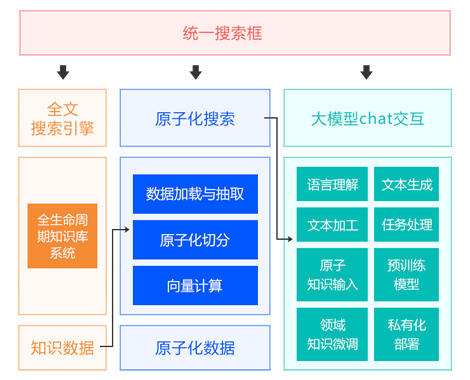
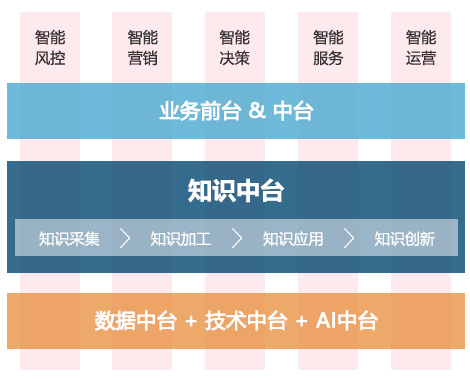
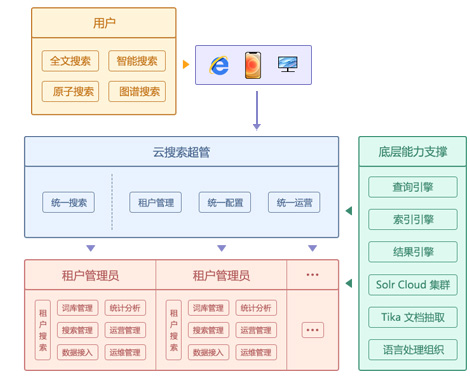
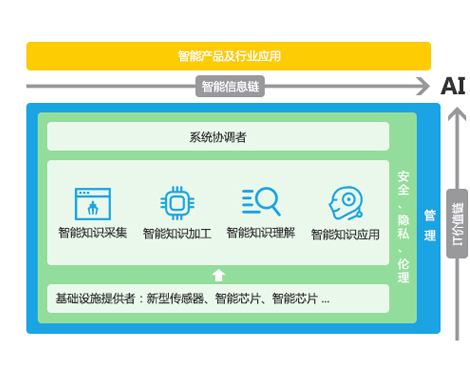
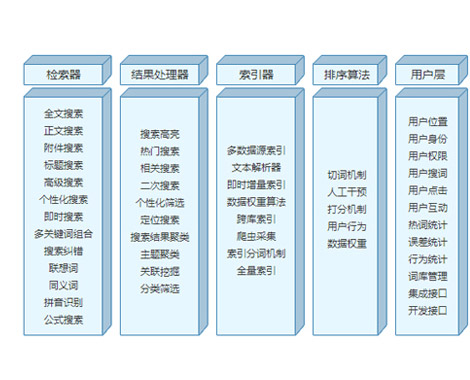
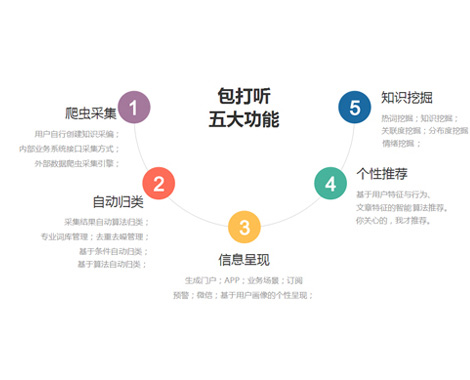
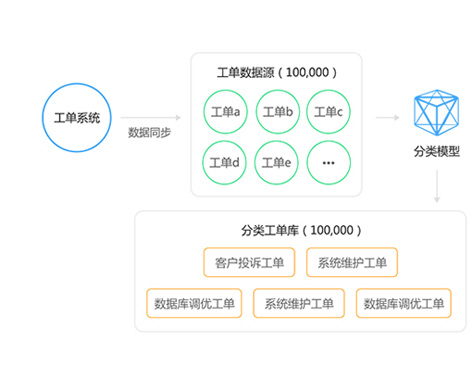
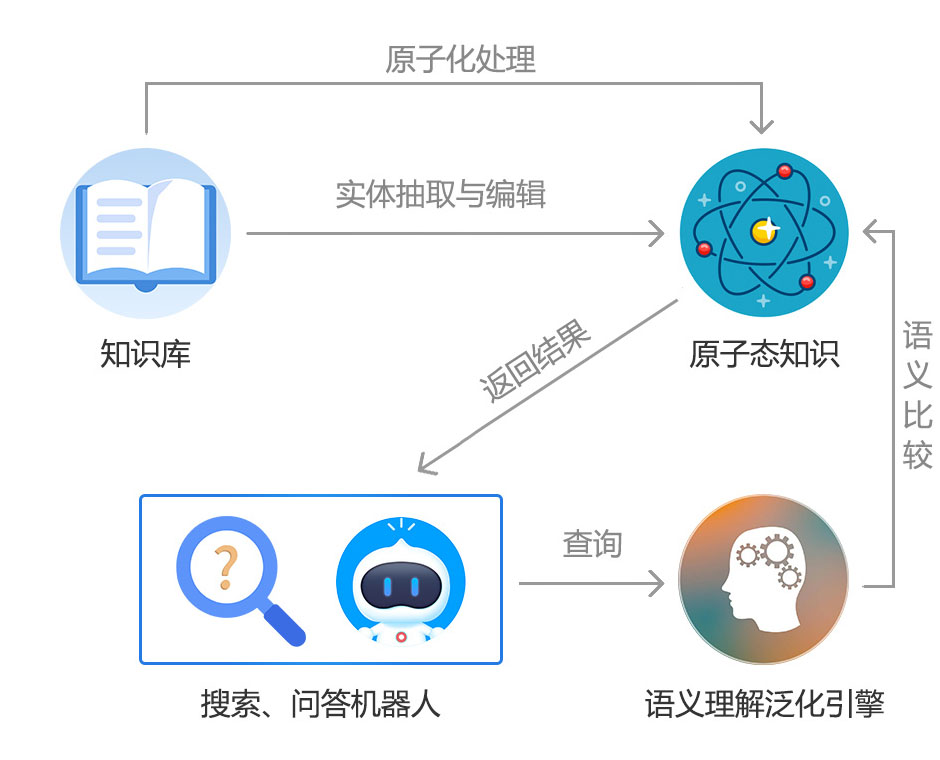
 2017-03-18 10:33
2017-03-18 10:33